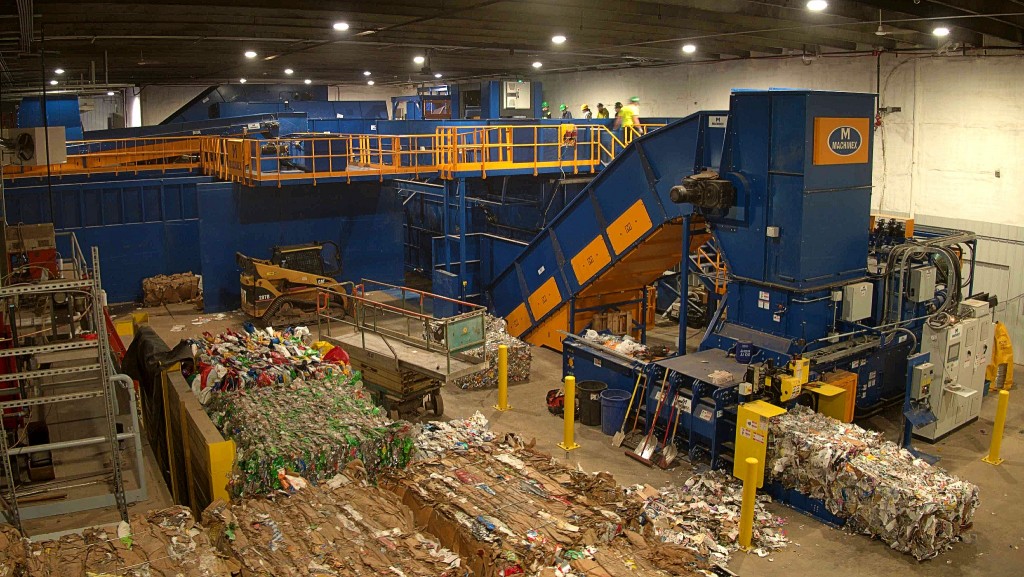
Last November, Machinex commissioned a new residential and commercial single stream system at Marquette County, MI.
This project is the result of cooperation between Machinex and Bradley Austin from the Marquette County Solid Waste Authority and Resource Recycling Systems (RRS). This MRF was specifically designed to face challenges of rural areas recycling needs.
When discussions started, a single stream system imposed itself as a necessity for this County of Michigan. "Simply, we saw an opportunity to improve recycling not only in Marquette County, but the Upper Peninsula as a whole. The challenges of rural area recycling needed to be addressed in a more regional frame of mind. People in Upper Michigan want to recycle, however recycling capacity and education was lacking in many parts of the region. This facility is designed to process recyclables from the entire region and the hope is that with this new infrastructure and solid education in place, participation in recycling will increase across the entire territory," commented Brad Austin, Director of Operations at Marquette County Solid Waste Management Authority.
The material recovery facility (MRF) is a highly automated system that represents an asset for the municipalities of the county where there is a lack of labour. With the capacity to sort 10,000 to 15,000 tons per year, the system is equipped with a back scraping drum to ensure a constant height of input material, a MACH OCC screen for cardboard sorting, a fines screen to separate glass, a MACH ballistic to separate containers from glass and paper, a magnet to sort ferrous metals, and a Machinex II-Ram baler. To sort PET and HDPE plastic containers more efficiently, a SamurAI robot was installed in an innovative way to create a loop; thus, containers are sorted with high efficiency and no waste. This innovation allows better recovery rates and reduces the need for human sorters.
‘'The project is really rooted in managing materials more effectively,'' added Austin. Considering the current sanitary situation, reducing the number of people operating in a MRF remains a necessity, made possible with automatization.



